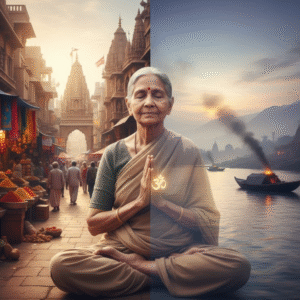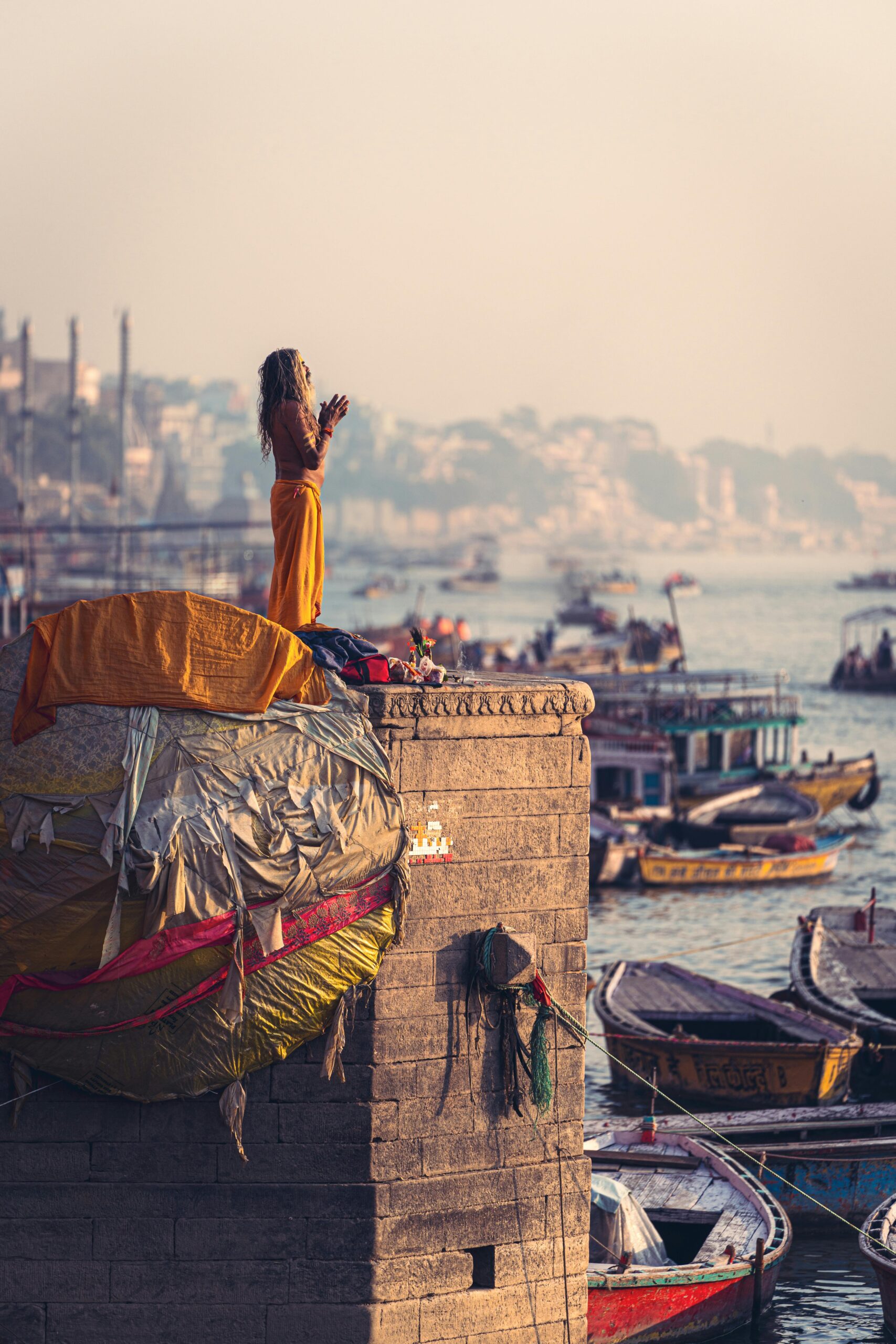Spiritual practices, deeply rooted in tradition and belief, have served as guiding lights for humanity for centuries. Yet, as societies evolve and technology advances, so do these practices. In India, where spirituality forms the backbone of cultural identity, the transformation of spiritual practices offers valuable insights into the dynamic interplay between tradition and modernity.
The Historical Foundation of Spirituality
India’s spiritual practices have always been diverse, encompassing meditation, yoga, chanting, and rituals. These practices, drawn from ancient texts like the Vedas, Upanishads, and the Bhagavad Gita, have guided individuals in seeking self-realization and harmony with the universe. Historical evidence, such as the seals from the Indus Valley Civilization depicting yoga postures, suggests that meditation and physical disciplines were integral to Indian spirituality as early as 3000 BCE.
Over time, these practices expanded with the influence of Buddhism, Jainism, and later Sikhism, emphasizing mindfulness, simplicity, and service. The Bhakti movement of the medieval period redefined spiritual expressions, focusing on personal devotion and inclusivity, making spirituality accessible to all, regardless of caste or social status.
Modern Transformations of Ancient Practices
In recent decades, spiritual practices have adapted to fit the demands of contemporary life. Yoga, once a sacred discipline, has become a global phenomenon, practiced by millions for its physical and mental health benefits. According to a report by the International Yoga Federation (2022),300 million people worldwide practice yoga, with India leading the way at 56 million practitioners.
Meditation has similarly evolved, shifting from traditional forms like Vipassana to modern techniques like mindfulness meditation, now widely promoted through mobile apps like Headspace and Calm. A study published inJAMA Internal Medicine(2021) found that mindfulness meditation reduces stress by38%in individuals, making it a preferred tool for mental well-being in today’s high-stress environment.
Technology and the Digital Revolution in Spirituality
The digital age has brought spirituality closer to people through technology. Live-streamed pujas, online satsangs, and virtual spiritual retreats have made age-old practices more accessible. During the COVID-19 pandemic, temple trusts and spiritual organizations like ISKCON and Art of Living reported a300% surge in virtual attendancefor their events. This digital shift has allowed spiritual seekers to connect with their practices from the comfort of their homes, reshaping the traditional modes of engagement.
Social media platforms have also played a role in spreading spiritual messages, with influencers and spiritual leaders like Sadhguru and Sri Sri Ravi Shankar reaching millions globally. These platforms have helped demystify spiritual concepts and make them relatable to younger audiences.
Balancing Tradition and Innovation
While these adaptations make spiritual practices more accessible, they also raise concerns about dilution. Critics argue that commercialization, particularly of yoga and meditation, often strips these practices of their deeper spiritual essence. For instance, a 2023 study by the Indian Council of Cultural Relations (ICCR) noted that72% of yoga practitioners worldwide focus solely on physical benefits, neglecting its philosophical roots.
However, this evolution is not entirely detrimental. By tailoring practices to contemporary needs, they remain relevant and practical. As Swami Vivekananda once emphasized, “Take the best of the past and live it in the present,” a principle that underscores the ongoing evolution of spiritual traditions.
Conclusion
The evolution of spiritual practices reflects humanity’s resilience and adaptability. In India, this transformation embodies a delicate balance—preserving the wisdom of ancient traditions while integrating modern innovations. As spiritual practices continue to evolve, they remain a testament to their timeless relevance, offering solace and guidance in an ever-changing world. By embracing this dynamic shift, individuals and communities can ensure that spirituality remains a meaningful and transformative part of life for generations to come.












